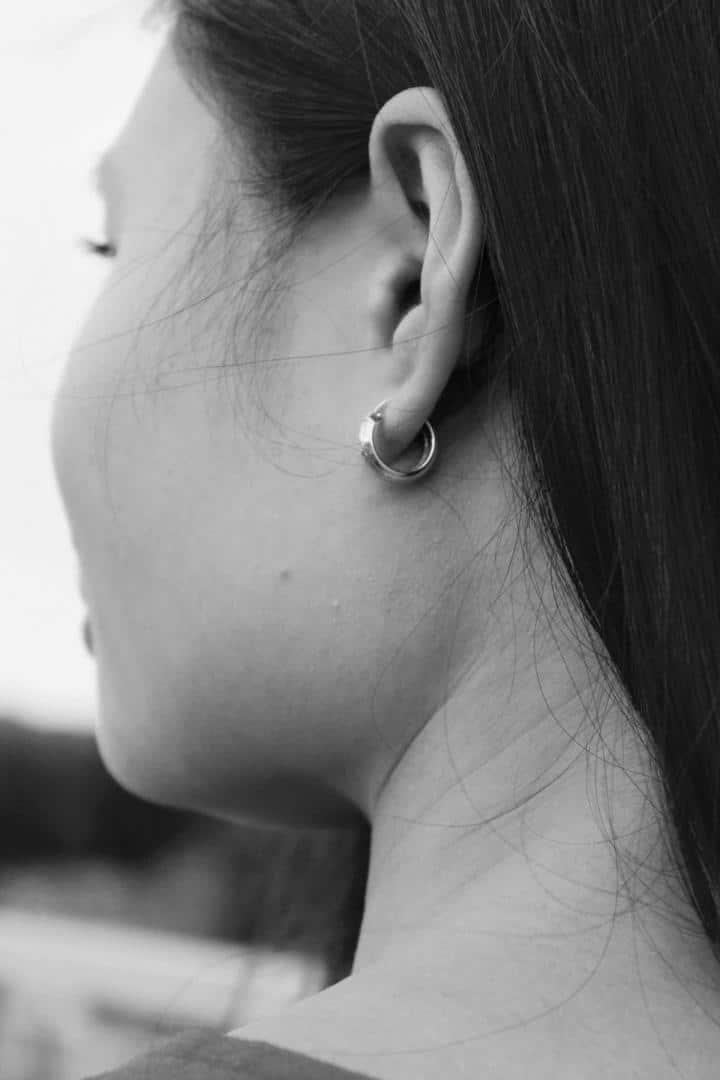While rarely the sign of anything serious, an itchy ear can be seriously uncomfortable. If your ears have been causing you discomfort, it may be due to one of the common reasons listed below.
Swimmer’s Ear

Swimmer’s ear is a type of infection of the outer ear caused by water becoming trapped in the ear canal and harboring bacteria. Swimmer’s ear is most common in children, though adults can also be affected. Common symptoms of swimmer’s ear include:
- Redness
- Pain, discomfort or itchiness
- Ear drainage
- Flaky skin
- Fever
Swimmer’s ear is usually treated with antibiotic ear drops, though topical medications may also be prescribed. To prevent swimmer’s ear, be sure to use earplugs while swimming at Griffith Park Pool. If your ears do get wet, you can dry them with a hair dryer on the lowest setting.
Skin Conditions
If you have any conditions such as dryness, eczema, psoriasis or seborrheic dermatitis, symptoms can also present within your ear canals. Treatment depends on the exact nature of the condition causing your symptoms.
- Dry skin can be remedied by putting a drop or two of baby oil in the ear each day.
- Eczema and psoriasis are treated with topical steroids.
- Fungal infections may require a topical antifungal medication.
It’s important to note that you should not try any of these remedies if your eardrum is compromised, like if you suspect it has ruptured or if you’ve had surgery recently, without consulting a doctor first.
Earwax
Most of the time, the ears are self-cleaning, meaning earwax falls out on its own without any intervention. But for those who produce excessive earwax, have anatomical issues preventing earwax from working its way out through natural jaw movements or have unsafely tried removing it on its own, earwax may become impacted.
Symptoms of impacted earwax include:
- Itchy ear/earache
- Plugged feeling/fullness in the ears
- Discharge or odor
- Hearing loss
- Tinnitus
To remove the earwax, you can try placing a few drops of baby oil, hydrogen peroxide or commercial eardrops in the ears to soften the wax, then flush them out in the shower. Note: You should only try this if you’re certain your eardrum is intact and you don’t have an infection. If this doesn’t work, your doctor can remove the wax safely. For more information or to schedule an appointment, call The House Institute today.